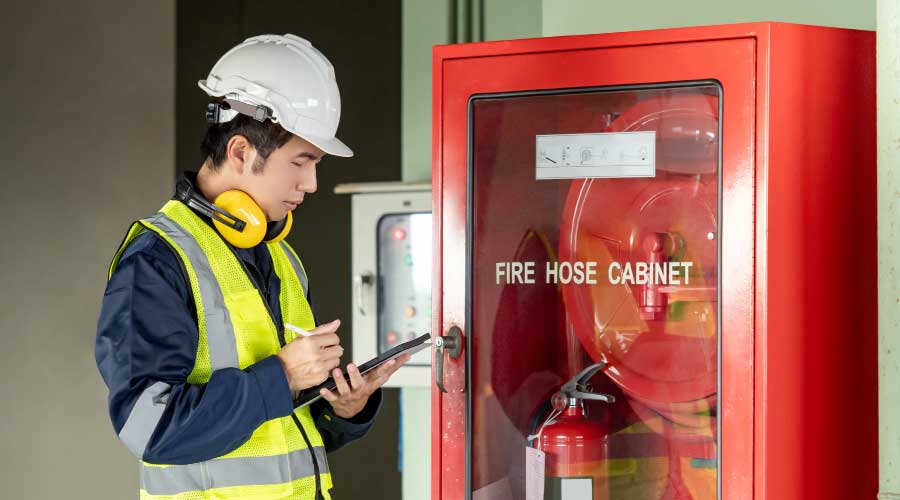 Managers can demonstrate the benefits of a CMMS by showing the ease of completing a work order from the field with no paperwork required.
Managers can demonstrate the benefits of a CMMS by showing the ease of completing a work order from the field with no paperwork required.CMMS Specification To Ensure the 'Right' Fit
Addressing challenges related to specification and implementation paves the way for enhanced productivity and performance
How can managers ensure they select the most appropriate software?
First, focus on the needs of the organization. From the beginning when pursuing a software solution, managers need to identify and document these needs. Stakeholder participation across the organization, from the technicians using the system to leadership, is required. While a manager might have the most significant input, the entire organization will use or be a customer of the software, so their input is invaluable.
The managers should write the needs explicitly into the RFP so the vendor can respond in detail. During the product demo and proposal review phase, the needs should be the criteria against which managers rate the vendors. They can consider additional features, but they should not give them any weight in the selection process.
By grading the capabilities of the different software as they relate to the organization’s defined needs, managers can ensure the selected software will meet that need. In the example above, the manager did not identify space management as a need. While that function is well suited for software, the organization had not given it proper understanding and consideration before writing the RFP. The likelihood that a department will implement, culturally adopt and effectively use these undefined functions is a long shot at best.
Define the need. Stick to the need. Select a system that satisfies the need, and be wary of extraneous features.
Resistance to change
At some point in their careers, most managers realized that many people do not want, like or know how to use technology. Though understandable, this situation presents a major challenge when it comes to implementing CMMS.
Once managers have selected the software, the next hurdle is ensuring the entire organization becomes comfortable with the system so it can function properly. There have been cases when individuals opposed to CMMS used a work-around to report back to a central administrator via telephone or written notes to complete a work order.
This practice needs to disappear in any organization that hopes to maximize its effective use of CMMS. It duplicates data-entry efforts, increases the backlog of work for the CMMS administrator and increases the chance for incomplete or incorrect data entry.
How can a manager end this practice and get the entire department comfortable with the CMMS? Part of the solution is to include all levels of stakeholders, especially individuals who are averse to CMMS, in the software selection process. Managers who consider their needs from the beginning already have demonstrated a commitment to successful software implementation.
Managers obviously cannot include an entire department in the selection process, so some individuals will not like or know how to use the new CMMS.
For those who do not know how to use the system, a proven solution exists — training. From the RFP’s original release, managers need to consider training by writing training and support into the RFP.
System users should have access to initial in-person classroom training provided by the vendor, virtual or remote training provided at different times, new-employee onboarding training that the department can administer internally, and a full online or local network library of training and documentation materials. On the technical support side, request that the vendor provide 24/7 information technology support.
Related Topics:














